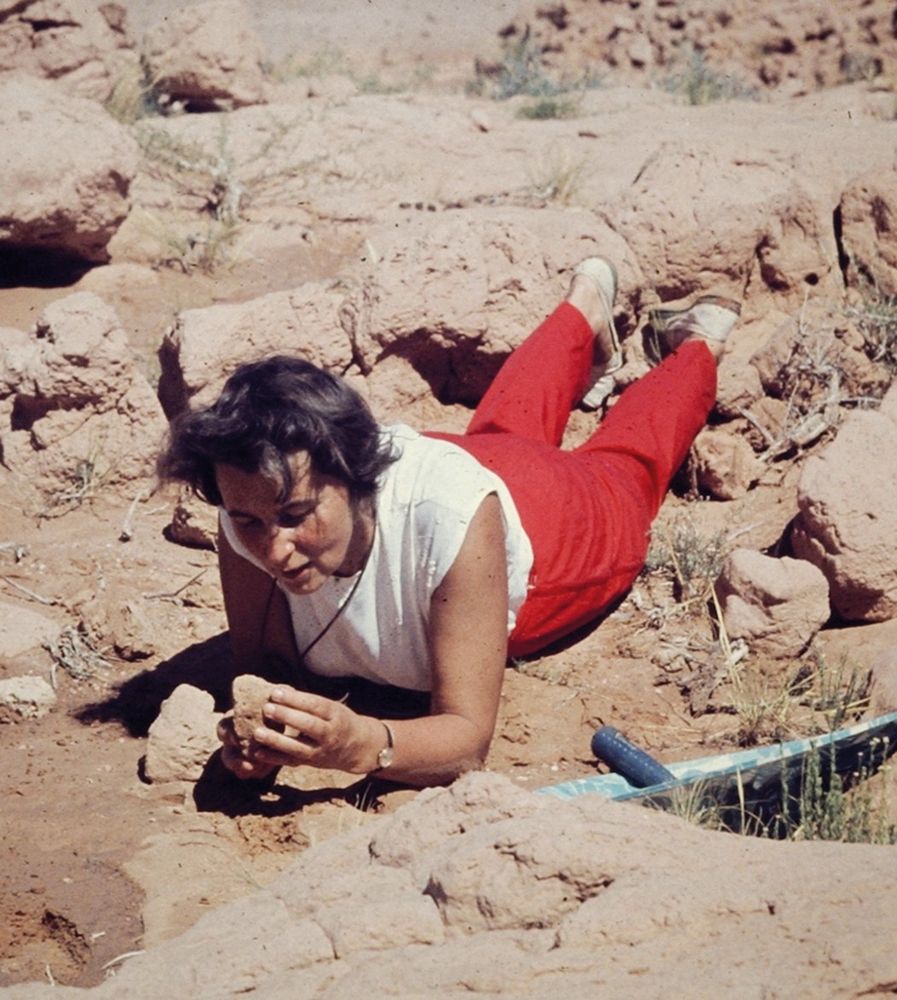

Learn more about our ERC-funded project "Tracking our ancestors across the Devonian world" at our website: www.uu.se/en/departmen...

#fossilfriday #paleontology

#fossilfriday #paleontology
A new study comes from the questions you love to ask. My question "How do vertebral building blocks come together to make different anatomies?" inspired this project ❤️
onlinelibrary.wiley.com/doi/10.1111/...
A new study comes from the questions you love to ask. My question "How do vertebral building blocks come together to make different anatomies?" inspired this project ❤️
onlinelibrary.wiley.com/doi/10.1111/...
#natural sciences
#natural sciences
#natural sciences

#natural sciences
The 18th International Symposium on Early and Lower Vertebrates #ISELV will be held in Berrechid, Morocco on 3-8 February 2026! 🐟🦈🦎🦴
We look forward to hosting you there!
For more info, see our website (link in bio)
#fish #vertebrate #palaeontology #fossils
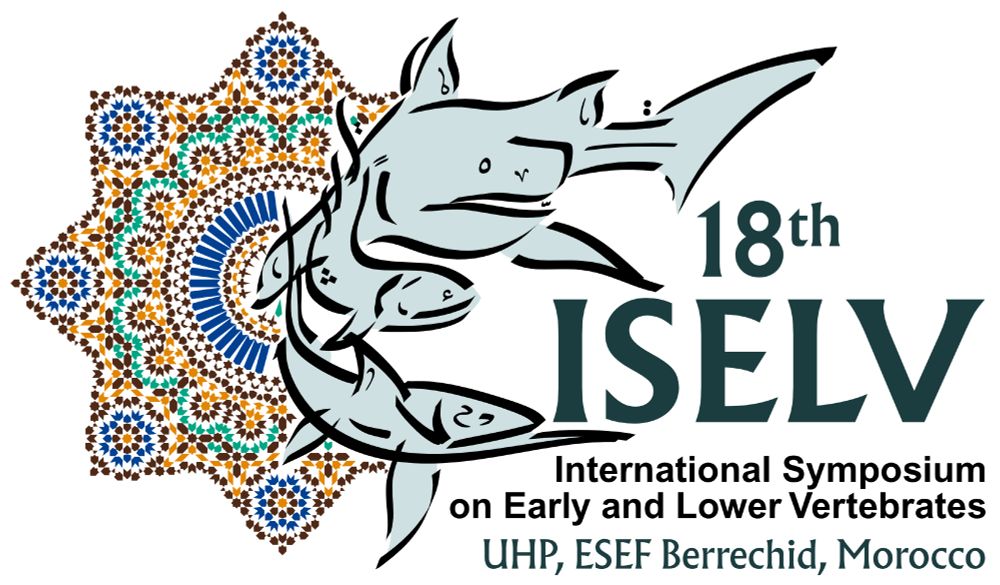
The 18th International Symposium on Early and Lower Vertebrates #ISELV will be held in Berrechid, Morocco on 3-8 February 2026! 🐟🦈🦎🦴
We look forward to hosting you there!
For more info, see our website (link in bio)
#fish #vertebrate #palaeontology #fossils




www.nature.com/articles/s41...

www.nature.com/articles/s41...
www.nature.com/articles/s41...

www.nature.com/articles/s41...
#fossil

#fossil
Congratulations to all authors including my former supervisor: @perahlberg.bsky.social
www.nature.com/articles/s41...

Congratulations to all authors including my former supervisor: @perahlberg.bsky.social
www.nature.com/articles/s41...

Not sure how the octopus fits in 🐙
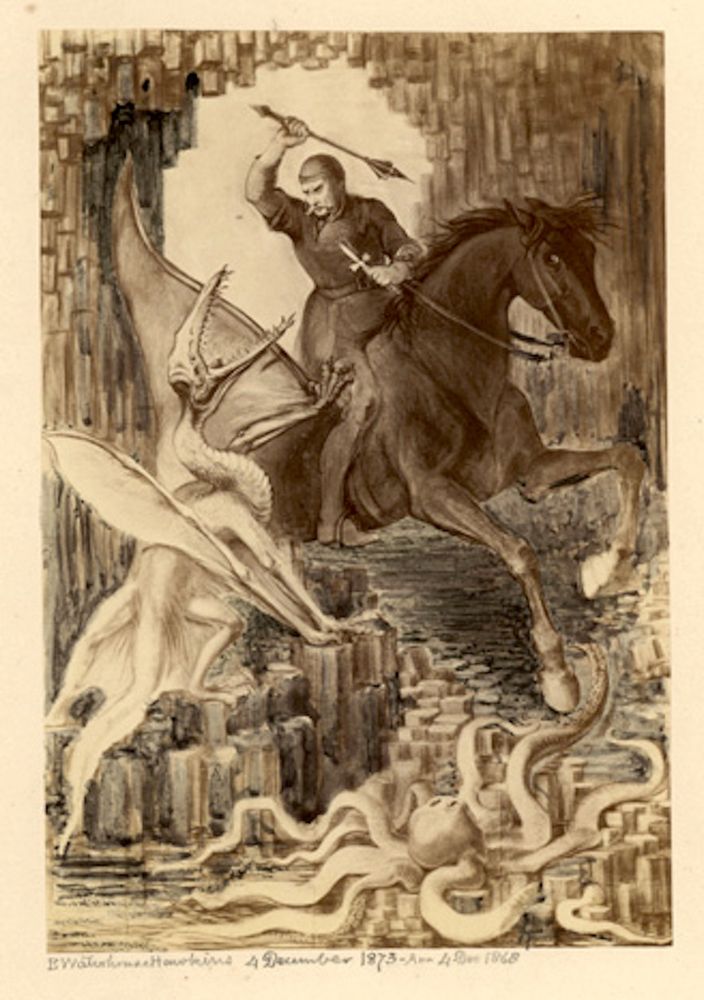
Not sure how the octopus fits in 🐙
Learn more here: www.uu.se/institution/...

Learn more here: www.uu.se/institution/...
Learn more about their research on the PeerJ blog bit.ly/42EHFPA
#5thPVC #Palaeontology
@palaeovc.bsky.social

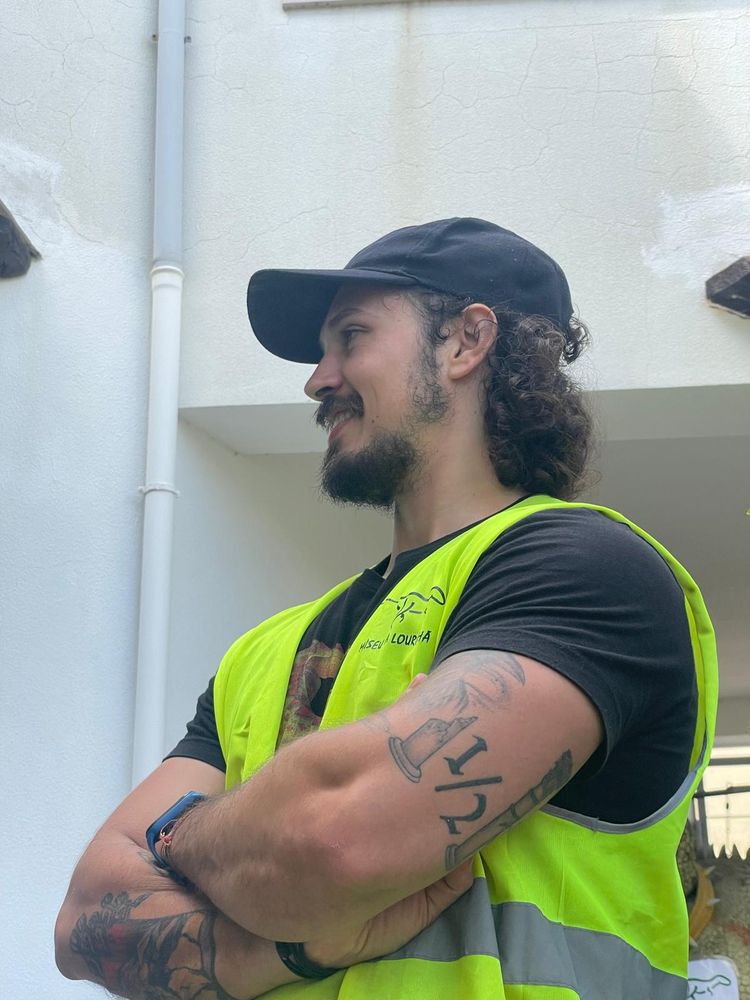
Learn more about their research on the PeerJ blog bit.ly/42EHFPA
#5thPVC #Palaeontology
@palaeovc.bsky.social
First major update on mtDNA distribution since Salas et al. 2002, "The making of the African mtDNA landscape." Congrats to Imke Lankheet and thanks to all collaborators!
📄 www.biorxiv.org/content/10.1...

First major update on mtDNA distribution since Salas et al. 2002, "The making of the African mtDNA landscape." Congrats to Imke Lankheet and thanks to all collaborators!
📄 www.biorxiv.org/content/10.1...
Check out the secrets hidden within our collections here:
www.linnean.org/news...

Check out the secrets hidden within our collections here:
www.linnean.org/news...

"Asiatosuchus" depressifrons anterior cervical vertebrae (sans proatlas)

"Asiatosuchus" depressifrons anterior cervical vertebrae (sans proatlas)
100 years before Darwin's evolutionary theory was published, Linnaeus was classifying animals based on shared traits. He created #SystemaNaturae in 1735, and we still use it to this day!
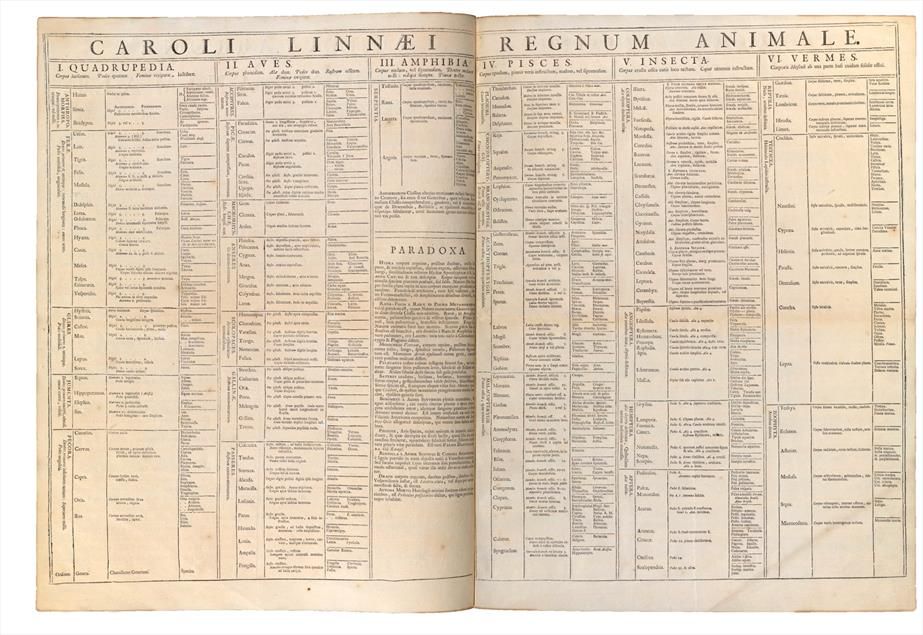
100 years before Darwin's evolutionary theory was published, Linnaeus was classifying animals based on shared traits. He created #SystemaNaturae in 1735, and we still use it to this day!
Among other techniques I spend a great deal of time studying fossils using X-ray or soecifically synchrotron radiation techniques, similar to the methods used in radiology at hospitals to make internal injuries visible.

Among other techniques I spend a great deal of time studying fossils using X-ray or soecifically synchrotron radiation techniques, similar to the methods used in radiology at hospitals to make internal injuries visible.
Amazing collab with @melanieduring.com + @kordinglab.bsky.social @perahlberg.bsky.social at @uuvertpalaeo.bsky.social @upenn.edu @jhuapl.bsky.social @jhu.edu @ki.se!
Among other techniques I spend a great deal of time studying fossils using X-ray or soecifically synchrotron radiation techniques, similar to the methods used in radiology at hospitals to make internal injuries visible.

Amazing collab with @melanieduring.com + @kordinglab.bsky.social @perahlberg.bsky.social at @uuvertpalaeo.bsky.social @upenn.edu @jhuapl.bsky.social @jhu.edu @ki.se!

